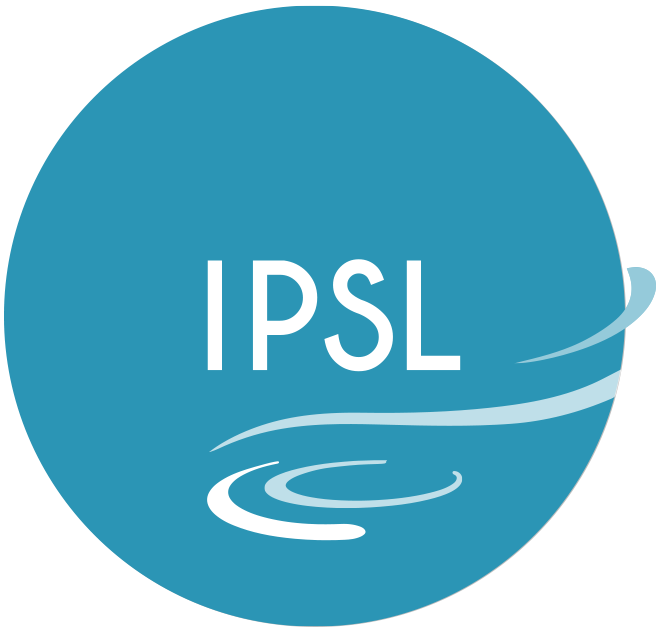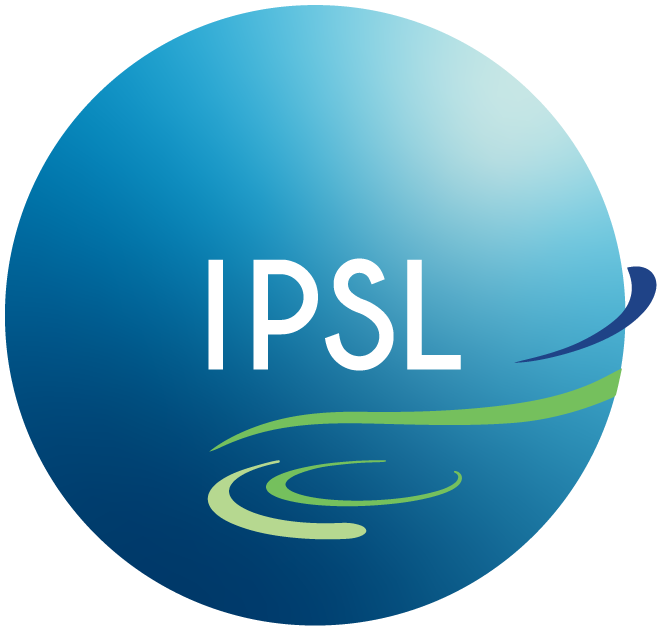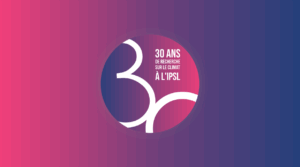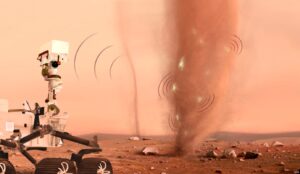Séminaire
Condensation trails, cirrus clouds, and other clouds: an experimental approach
Jonathan Duplissy
LATMOS seminar.
Description
Clouds influence the radiation balance of planets by reflecting light from their star and blocking the planet’s infrared emissions. On Earth, aviation impacts the climate through a combination of processes that cause net warming of the Earth’s surface. In addition to carbon dioxide (CO2) emissions, aviation also emits nitrogen oxides (NOx), water vapor, soot, organic compounds, and sulfur compounds. Interactions between these emissions and the formation of particulate aerosols can lead to ice nucleation and the formation of contrails. These primary (i.e., directly emitted) or secondary (formed from emitted gases) particles, as well as their aging, introduce significant uncertainty regarding the climate impact of aviation, particularly due to their longer-term potential to form cirrus clouds or initiate the formation of ice crystals from cold droplets. In addition, the aviation industry is exploring various sustainable aviation fuels (SAF) that produce compounds other than those found in traditional JetA1 fuel. For example, hydrogen mainly produces water vapor and NOx when burned. Aviation also continuously emits lubricating oil vapors, which can act as condensation nuclei through the formation of particles. In order to assess the climate impact of these various emissions (particle formation and their cloud-forming properties), an in-depth study involving various consortia, instruments, and approaches is necessary. These include characterizing the chemical compositions of emissions, understanding the molecular formation of new particles, and the physical properties of these particles, which are likely to form ice nuclei.
In this general seminar, I will present the experimental approach we are developing at the University of Helsinki. We will look at our various cloud chambers (PINCii and COLD PAM), which enable us to recreate in the laboratory and in the field the conditions for the formation of contrails, cirrus clouds, and other high-altitude clouds, as well as clouds on other planets. We will also explore how we measure, step by step, at the molecular level, the formation of aerosol particles, from the gas phase to the particle phase. We will explore these different approaches, ongoing projects (UNIC, PACIFIC, VOLCAN, HYCONIC, etc.) and possible future collaborations.
Jonathan Duplissy, INAR/University of Helsinki.
Informations supplémentaires
Location
LATMOS
Paris, Jussieu, towers 45-46
4th floor meeting room
Zoom
https://cnrs.zoom.us/j/92948016387?pwd=wyIGMXi3I1ZqHDDc7rXNVqG1ZaSNpa.1
Remote
https://cnrs.zoom.us/j/92948016387?pwd=wyIGMXi3I1ZqHDDc7rXNVqG1ZaSNpa.1
ID de réunion: 929 4801 6387
Code secret: rBQ2A7






